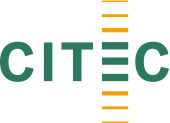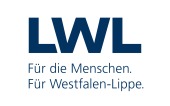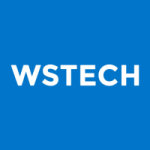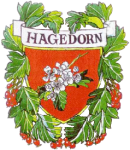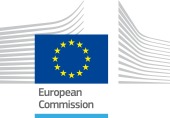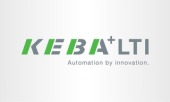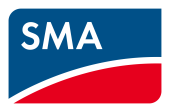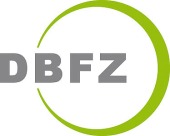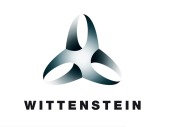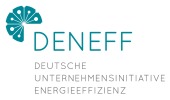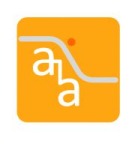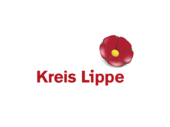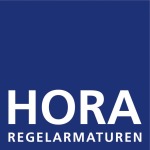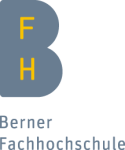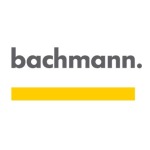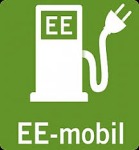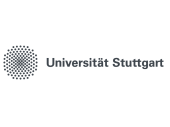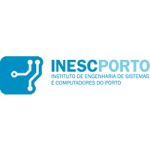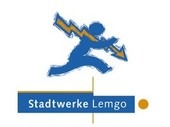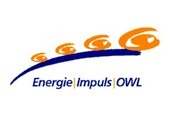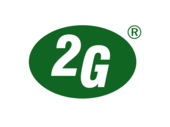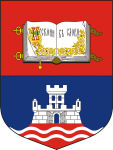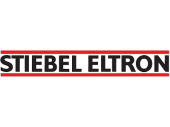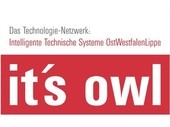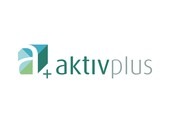Perspectives of the energy efficiency of existing buildings and small quarters through energy management systems
In recent years, the energy supply in Germany has changed significantly due to the addition of renewable energies. In 2016, the share of renewable energies in the electricity mix was 29%. The requirements for buildings (EnEV) and the efficiency of the heating systems have also been increased in the area of heat supply. However, these requirements are rarely met in the refurbished portfolio and are often also not economical.
However, many existing buildings, especially in rural areas, are equipped with photovoltaic generation systems (PV systems) and part of the electricity generated is consumed in the building itself. This self-consumption is now significantly cheaper than buying it from the electricity grid.
With energy management systems (EMS), new possibilities are available to increase this self-consumption in an energetically sensible and cost-optimized manner. This also increases the overall energy efficiency of the building and the 'personal' share of renewable energies in the electricity mix, thereby reducing the energy purchase costs. The lower the EEG remuneration for the generating plant, the more pronounced this effect is. Energy becomes unrivaledly cheap as soon as a plant is completely out of EEG funding.
With the end of EEG funding (after 20 years of operation), completely new approaches emerge in the district, which currently play no role in electrical energy supply. Local trade, animal storage and variable energy prices are technically feasible at the district level, but cannot yet be directly mapped out by the regulations. At this point, a renovated building from 1902 with an energy management concept is presented as an example. Both the thermal and the electrical system are described and presented different strategies for EMS.
Based on this building, a concept for a neighborhood for an entire town is presented.


